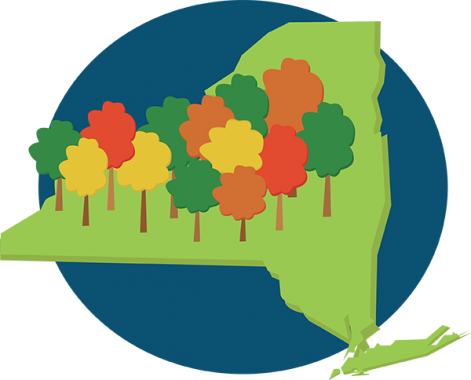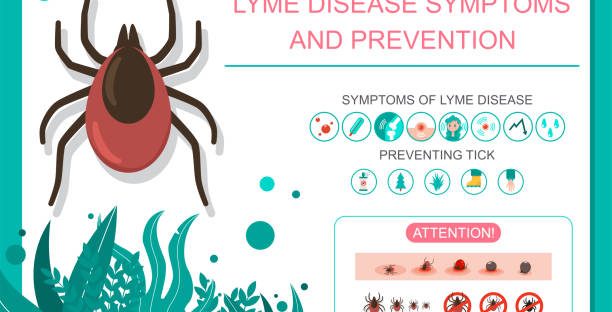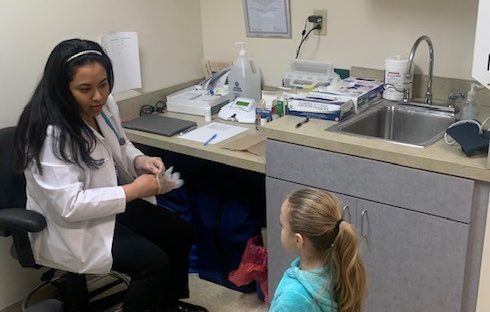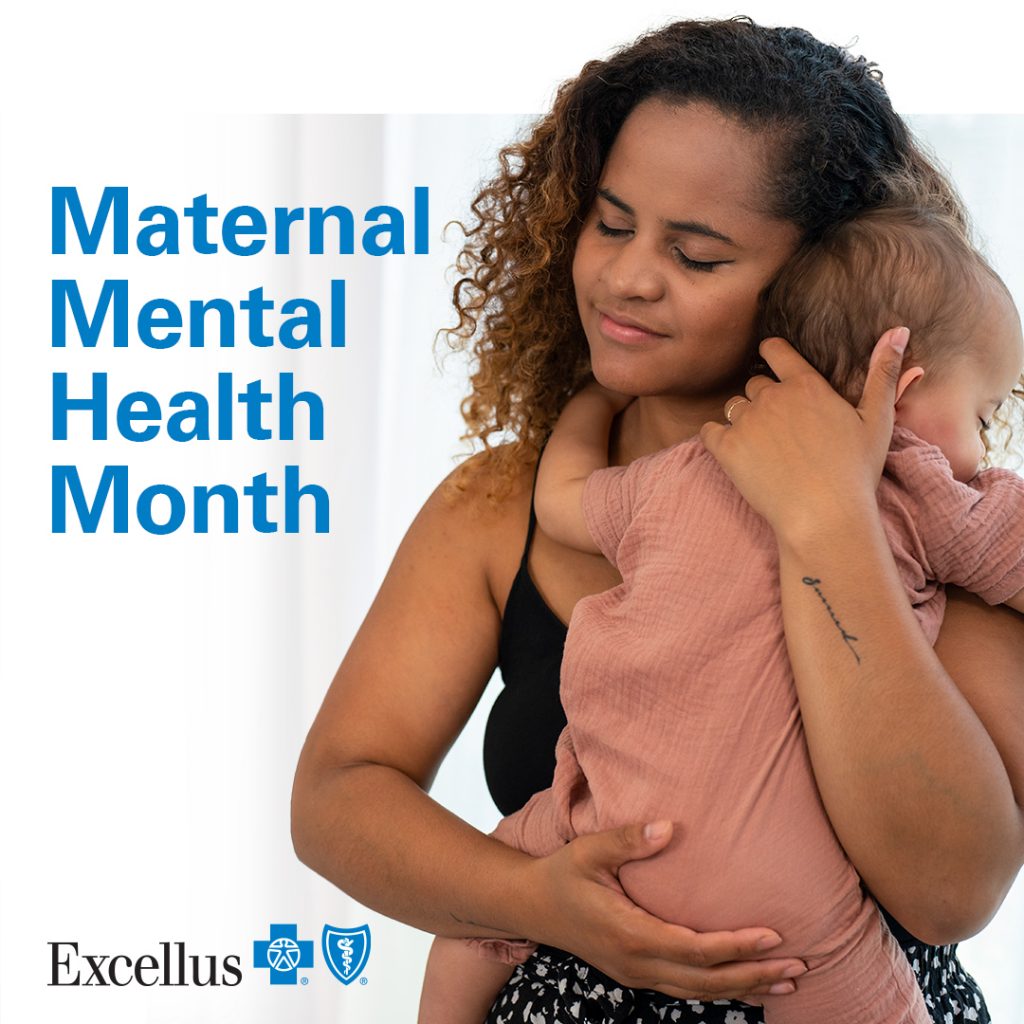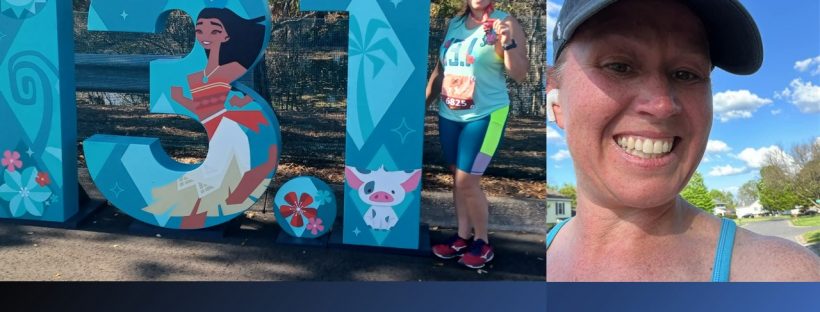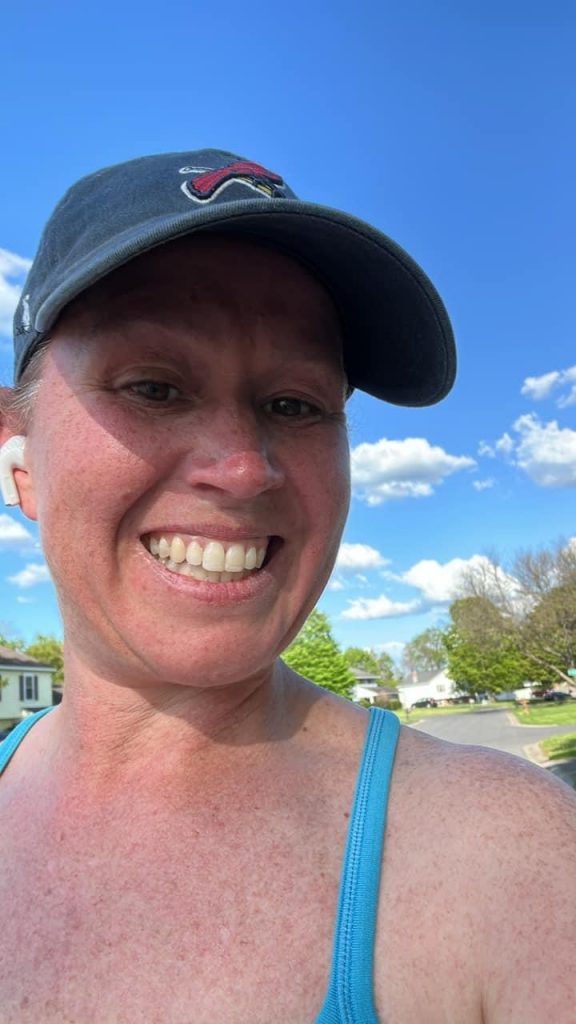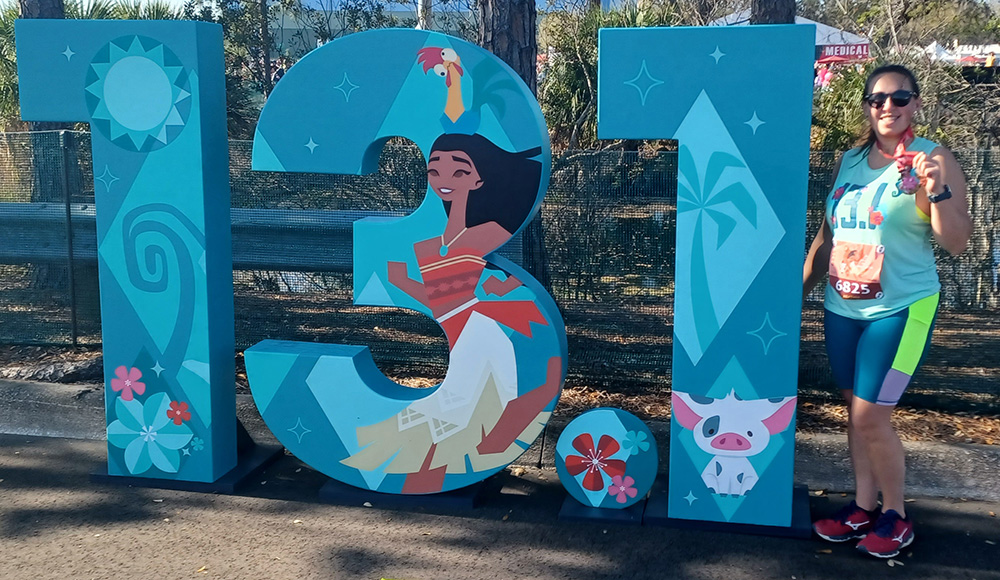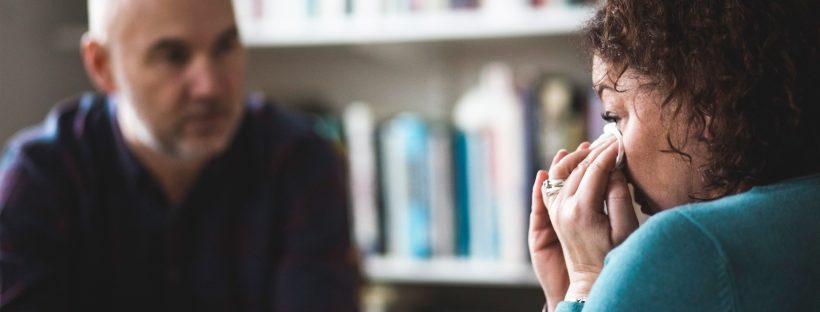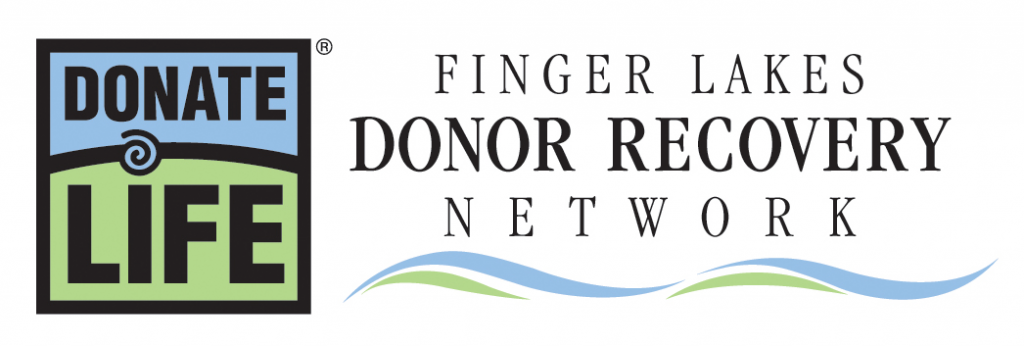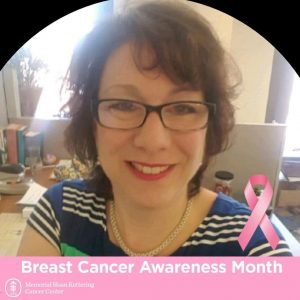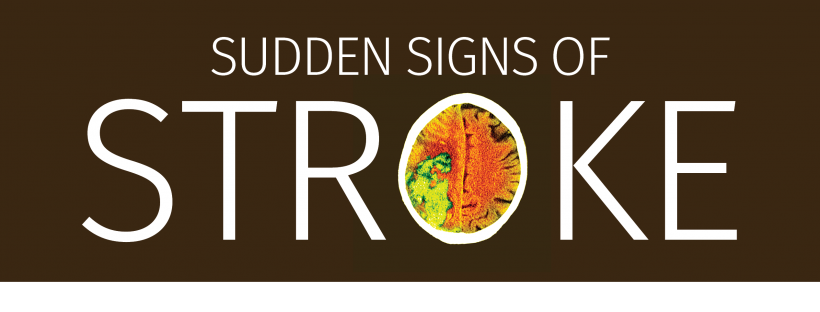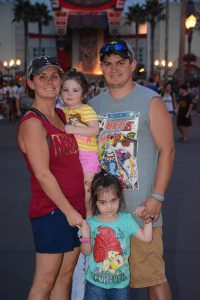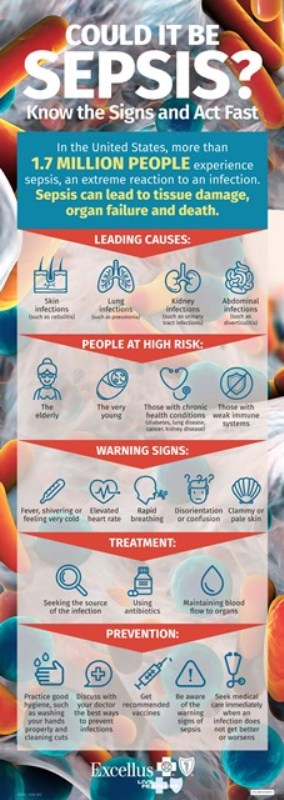Summer is a time to work in the garden, visit the dog park, or hit the bike path. It is also a time to be aware of tick-borne illnesses including Lyme disease, and ways to avoid them. Infected ticks can be found across the Northeast, including in upstate New York.
“Lyme disease is a bacterial infection caused by the bite of an infected deer tick,” says Lorna Fitzpatrick, MD, vice president of medical affairs and senior medical director at Excellus BlueCross BlueShield. “Untreated, the disease can cause health problems, including severe headaches, painful arthritis, swelling of the joints, and heart and central nervous system problems.”
Treatment with antibiotics, when the infection is identified early, can result in a quick and complete recovery, according to Fitzpatrick. The big issue, she says, is that Lyme disease often goes undiagnosed, which can lead to chronic symptoms that are hard to resolve.
Preventing tick bites is the best way to protect against tick-borne illnesses. The New York state Department of Health offers these tips:
Know where to expect ticks.
Ticks like shady, moist areas at ground level. They cling to tall grass, brush, and shrubs, usually no more than 18-24 inches off the ground. They also live in lawns and gardens, especially at the edges of woods. When gardening, keep long hair tied back. When hiking, stick to well-cleared paths.
Reduce ticks in your yard.
Keep lawns mowed and edges trimmed. Clear away brush, leaf litter, and tall grass from around the house and at the edges of gardens and stone walls. Stack woodpiles neatly away from the house, and preferably off the ground. Keep the ground under bird feeders clean so as not to attract small animals that can carry ticks into your yard. Locate children’s swing sets and other play equipment in sunny, dry areas of the yard, away from the woods.
While outside, dress to protect.
Wear light-colored clothing with a tight weave to spot ticks easily. Wear enclosed shoes, long pants, and a long-sleeved shirt. Tuck pant legs into socks or boots, and shirts into pants. Check clothes and any exposed skin frequently for ticks.
Consider using repellent.
The NYS Health Dept recommends using EPA-registered insect repellents. For skin, products that have DEET (20% or more) or picaridin (5 to 20% of the active ingredient) can be applied.
For clothes, shoes, and camping gear, treat, or purchase pretreated clothing with permethrin, but never apply permethrin to skin.
After being outside, check yourself and your clothes.
Do a final, full-body tick check at the end of the day (also check children and pets) and remove ticks promptly. If available, put your clothes in a dryer on high heat for 15 minutes to kill any ticks that may be on them.
The New York State Department of Health has more information on Lyme disease, online at Ticks & Lyme Disease – A Guide for Preventing Lyme Disease (ny.gov).
